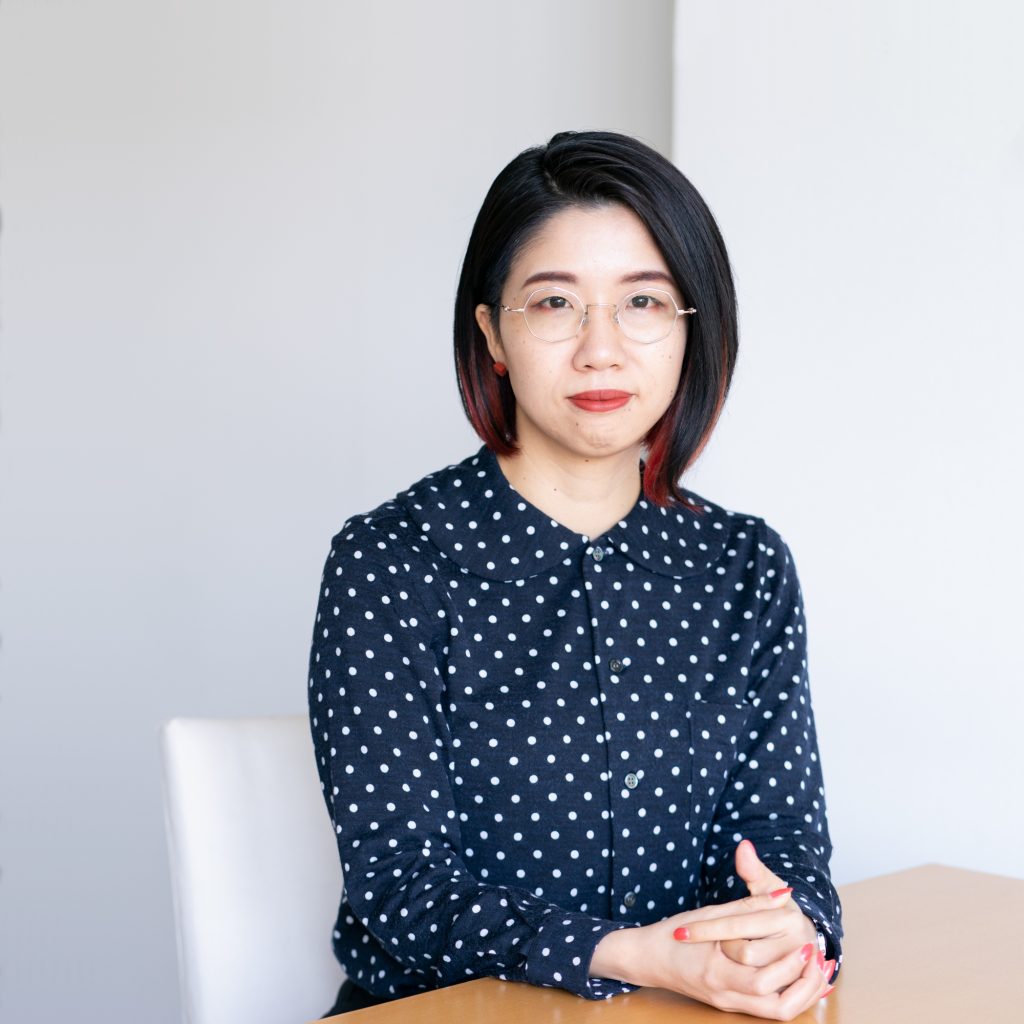[JITF2020] Art Translation: A Field of Creation That Starts with Asking “Is Interpreting Necessary?”

Kanoko Tamura
Art translator (translator/interpreter). She presides over the “Art Translators Collective,” an activity group of translators and interpreters specializing in art, and tries to provide translations that are true to the spirit of the artists and create new value. As Communication Design Director at the Sapporo International Art Festival 2020, she is engaging in mediation to help the audience feel a connection with the exhibition. At Tokyo University of the Arts, where she is a part-time lecturer, she is in charge of a course on English and communications for artists in the Global Art Practice Master of Fine Arts program. She graduated with a BS from the Department of Civil Engineering and Architecture at Tufts University in 2008, and received a BA from the Department of Intermedia Art at Tokyo University of the Arts in 2013. She is a member of the non-profit organization Arts Commons Tokyo.
Art Translation: A Field of Creation That Starts with Asking “Is Interpreting Necessary?”
Being an interpreter in the world of art (especially contemporary art, performing arts, and other forms of artistic expression by artists living in the present while observing present day society) entails creative participation in the work to no small extent. This is because the degree and method of participation can range widely from “doing” to “not doing” interpreting, depending on the project / artist, and the behavior and words of the interpreter can directly affect the production of the work. Becoming the “voice” of artists who have the role of doubting conventional values and questioning the rigid preconceptions of the world requires one to question one’s own role, potential, and creativity as an interpreter / translator. In this lecture, I will start with the question “what is art” so that even those of you who feel “contemporary art is difficult!” can easily participate. Then I would like to talk about the required interpreting technique, the current situation and issues, and certain situations that occur just in this field, as well technical terms that are difficult to translate, and frequently used expressions, etc. I would also like to introduce my efforts and thoughts on improving the overall environment for communication in the field of art, which I am attempting by deliberately calling myself an “art translator.” The content of the lecture will be mostly about interpreting, but translators are also welcome to join us.